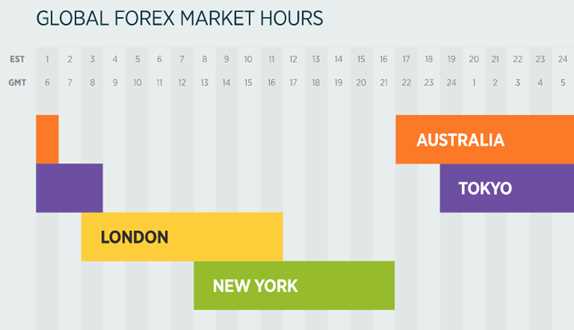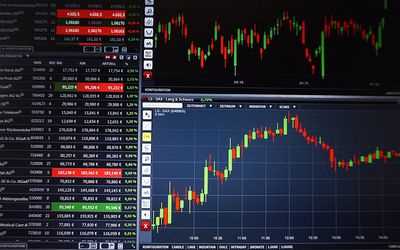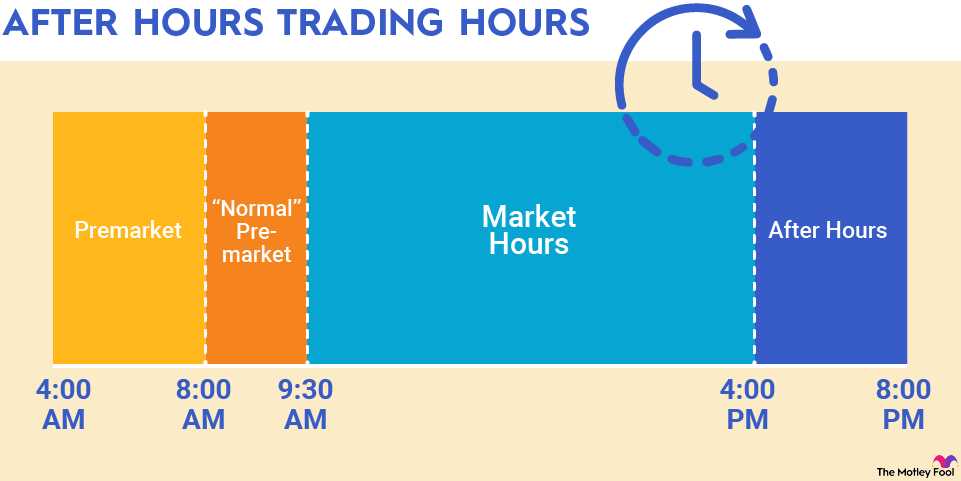Trading Session Times: Discover Market Opening Hours

Trading session times refer to the specific hours during which financial markets are open for trading. These hours vary depending on the location and type of market, and they play a crucial role in determining the liquidity and volatility of various financial instruments.
There are several key trading sessions that traders should be aware of:
1. Asian Session: This session starts with the opening of the Tokyo Stock Exchange and includes other major financial centers in Asia, such as Hong Kong and Singapore. It is known for its high liquidity in currency pairs involving the Japanese yen.
2. European Session: The European session begins with the opening of the London Stock Exchange and encompasses other major financial hubs in Europe, including Frankfurt and Paris. This session is characterized by high trading activity in currency pairs involving the euro.
3. North American Session: The North American session starts with the opening of the New York Stock Exchange and includes other major financial centers in the United States and Canada. It is known for its high liquidity in currency pairs involving the US dollar.
Each trading session has its own unique characteristics and trading opportunities. For example, the Asian session is often associated with lower volatility, while the European and North American sessions tend to be more volatile due to overlapping trading hours and increased market participation.
To take advantage of different trading session times, traders can employ various strategies. For example, they may focus on currency pairs that are most active during a particular session or use technical indicators to identify potential trading opportunities during specific hours. Additionally, traders can utilize automated trading systems to execute trades based on predefined criteria, even when they are not actively monitoring the markets.
What are trading session times?
During trading session times, market participants can buy and sell various financial instruments, such as stocks, currencies, commodities, and derivatives. These sessions provide opportunities for traders to take advantage of price movements and execute their trading strategies.
Types of trading sessions

There are three main types of trading sessions:
- Asian session: This session starts in the early morning hours in Asia and includes markets such as Tokyo, Hong Kong, and Singapore. It is the first major session to open and is known for its volatility, especially during economic data releases from countries like Japan and China.
- European session: The European session begins later in the morning as Asian markets close and includes major financial centers such as London, Frankfurt, and Paris. This session is considered the most active and liquid, as it overlaps with both the Asian and American sessions.
- American session: The American session starts in the afternoon as European markets close and includes major financial hubs like New York and Chicago. This session is known for its high trading volume and volatility, especially during economic news releases from the United States.
Each trading session has its own characteristics and trading opportunities. Traders need to be aware of the specific session times in order to effectively plan their trading activities and take advantage of market movements.
Why are trading session times important?

Trading session times are important for several reasons:
- Volatility: Trading session times also impact market volatility. Certain sessions tend to be more volatile than others due to the increased trading activity. Traders who are aware of the most volatile sessions can adjust their trading strategies accordingly to potentially capitalize on larger price movements.
- News releases: Trading session times are closely tied to the release of economic news and data. Economic indicators and news releases can significantly impact market prices. Traders who are aware of the trading session times can plan their trades around these news releases to take advantage of potential price movements.
- Overlapping sessions: Overlapping trading sessions occur when two sessions are active at the same time. These overlapping sessions tend to have higher trading volumes and increased liquidity, creating potential trading opportunities. Traders who understand the overlapping sessions can take advantage of the increased market activity.
- Time zone differences: Trading session times are influenced by time zone differences around the world. Traders who operate in different time zones need to be aware of the trading session times to ensure they are trading during the most active and liquid sessions.
Market Opening Hours Around the World
The European session begins at 7:00 AM GMT with the opening of the London market. This session is considered the most active and liquid session, as it overlaps with the Asian session for a few hours and later overlaps with the North American session. Many major currency pairs, such as EUR/USD and GBP/USD, experience high trading volumes during this session.
The North American session starts at 12:00 PM GMT with the opening of the New York market. This session is known for its high volatility, especially during the first few hours when it overlaps with the European session. Traders who prefer trading the USD and other North American currencies often find the most trading opportunities during this session.
It’s worth noting that market opening hours can be affected by holidays and other events that may cause financial markets to close or operate on reduced hours. Traders should stay informed about these events and adjust their trading strategies accordingly.
How to take advantage of different trading session times

1. Asian Session:
The Asian session is known for its low volatility and slower price movements. Traders can take advantage of this session by focusing on currency pairs that involve the Japanese yen, such as USD/JPY or EUR/JPY. These pairs tend to be more active during the Asian session, providing opportunities for profit.
2. European Session:
The European session is the most active session, with high volatility and increased trading volume. Traders can take advantage of this session by focusing on currency pairs that involve the euro, such as EUR/USD or EUR/GBP. Additionally, news releases and economic data from European countries can have a significant impact on the market, providing opportunities for quick profits.
3. North American Session:
The North American session is known for its high volatility, especially during the overlap with the European session. Traders can take advantage of this session by focusing on currency pairs that involve the US dollar, such as USD/CAD or USD/CHF. Additionally, major economic data releases from the United States can create significant market movements, providing opportunities for profit.
4. Overlapping Sessions:
5. Time Zone Considerations:
Traders should also consider their own time zone when planning their trading strategy. If you are located in a different time zone than the major trading sessions, you may need to adjust your trading schedule to align with the most active sessions. This will ensure that you are trading during times of high liquidity and volatility, increasing your chances of success.
Remember, it is important to practice proper risk management and use appropriate trading strategies when taking advantage of different trading session times. Additionally, staying updated with market news and economic events can further enhance your trading decisions during each session.

Emily Bibb simplifies finance through bestselling books and articles, bridging complex concepts for everyday understanding. Engaging audiences via social media, she shares insights for financial success. Active in seminars and philanthropy, Bibb aims to create a more financially informed society, driven by her passion for empowering others.
